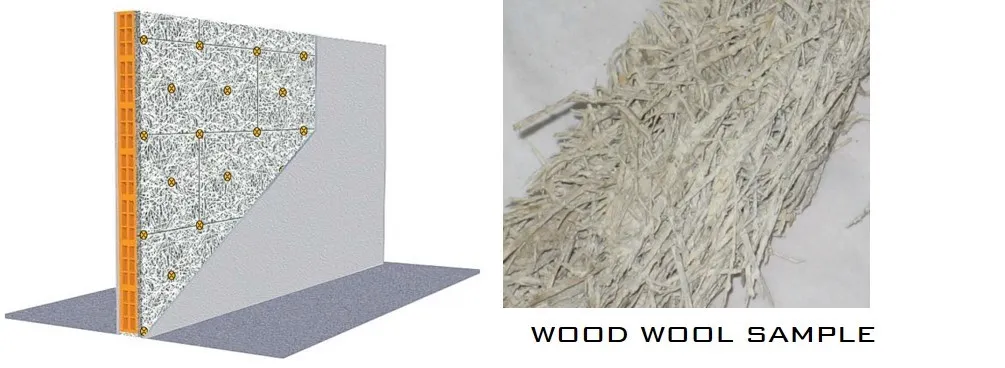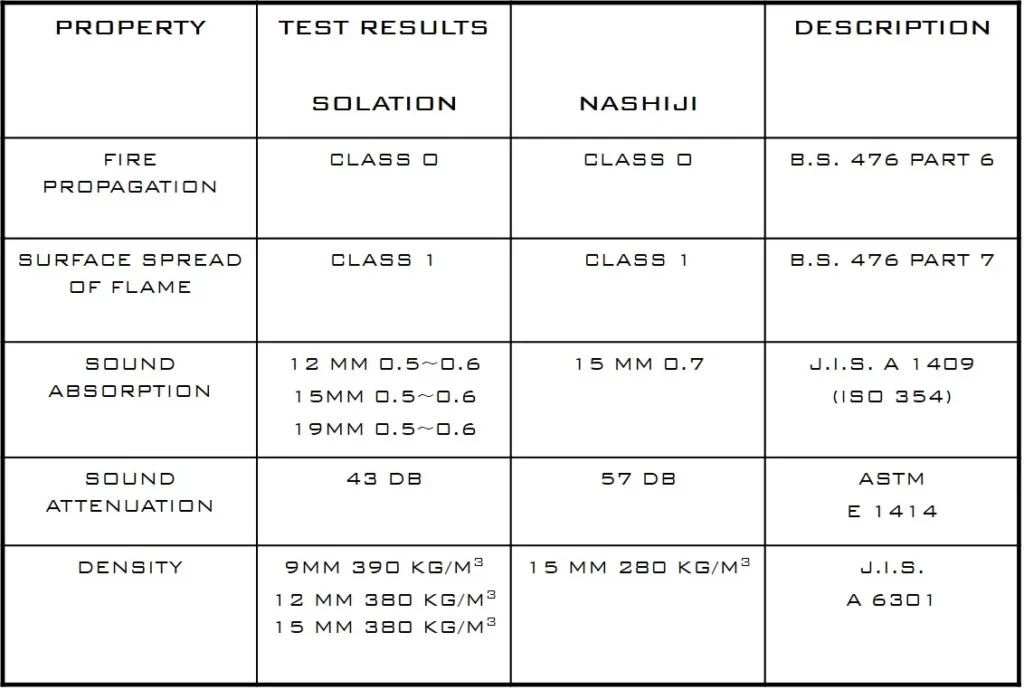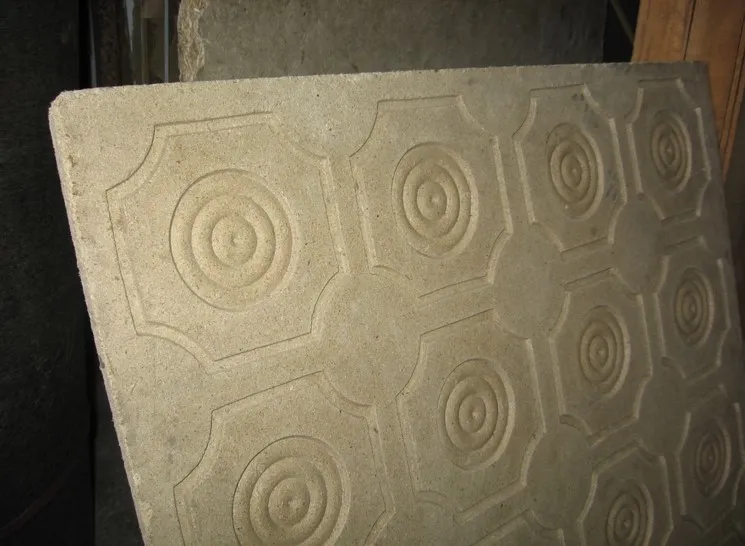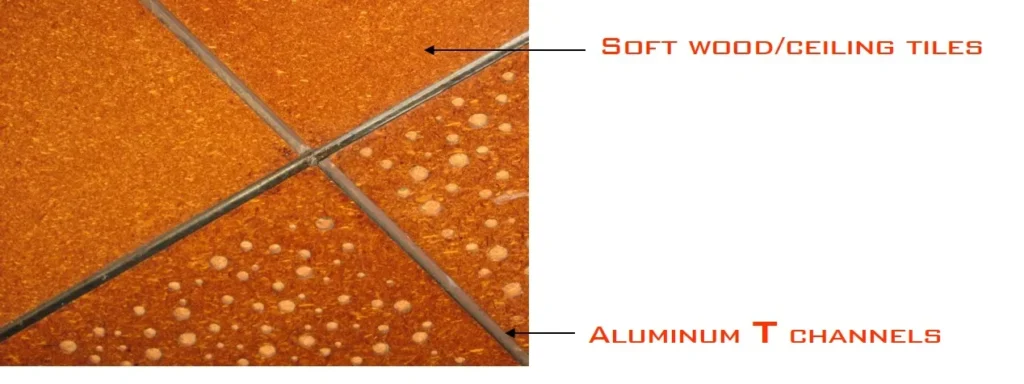If you want to know about the Site analysis or acoustics in auditorium or acoustics insulation methods or acoustics in landscape, please click the link.
Acoustics material analysis refers to the process of studying and characterizing the sound-absorbing or sound-reflecting properties of materials. The acoustic properties of materials are critical for many applications, such as architectural acoustics, noise control, and audio engineering.
Acoustic materials are specialized materials that are used to control or modify the propagation of sound waves. These materials are used in a wide range of applications, including architectural acoustics, automotive and aerospace engineering, noise control, and audio engineering.
- Most of the common building materials absorb sound to a small extent and hence, for better acoustical requirement, some other materials are to be incorporated on the surface of the room.
- Such materials are known as sound absorbent materials, and they help a great deal in making the room acoustically good.
- These materials are used for:
- Damping sound in ventilation installations.
- Developing special acoustic effects in TV, radio and film shooting studios, etc.
- Facing interiors of premises that require a low noise level such as offices, restaurants, commercial centers, banks, etc.
- Providing adequate acoustic in theatre halls, auditoriums, etc.
- Various types of absorbent materials are available in the market under different trade names.
- The value of coefficient of absorption is supplied by the manufacturer.
- Sound absorbent materials can be incorporated either in compressed state or in suspended state or in free state.
- In compressed state,:- they are provided between the load bearing panels of ceiling and floor.
- In suspended state,:- they are provided in the form of slabs fastened to ceiling so as to provide an air space.
- In free state, they are provided in compressed or loose manner.
1) Thermocol
i) Analysis
- Thermocol offers a non-hydroscopic, odorless, rigid, closed cell expanded polystyrene containing 98% by its volume still
- Air entrapped in its cell and is the major reason for its excellent insulation properties.

- Various thickness of thermocol is used for required sound insulation, depends on the enclosure volume.
- The thickness also depends upon whether wall or ceilings to be sound-proofed.
2) Acoustical tiles

3) Mineral fibre wool
- It is one of the most commonly used insulation products.
- It’s made from volcanic rock heated with coke to 1500oc, then spun at high speed these fibers are then bound together in a bat or roll with formaldehyde-based resins.

- Available in rolls 8.4 m long and width 0.5 m
- Cost of the above roll of 50 m.M. Thickness is 840 rs
i) Installation
- The mineral wool roll is first stuck to the walls and then paneling is done with any medium desired.
ii) Analysis
- It is a replacement of glass wool. It offers a sound insulation of approximately 78%.
4) Wood wool
- This material is generally used with a thickness of 25mm and it has a density of 0.40 g / cubic centimeter.
- The average value for coefficient of absorption is 0.20.

i) Acoustic properties
- Acoustic insulation
- Resistance of a plastered wall of 5cm wood wool cement boards 36-40db
- Resistance of a plastered double wall with air space between wwcbs 53-57db
- Resistance of a permanent shuttered wall with 12cm concrete core 354-56db noise reduction coefficient for 2.5cm board 0.7
ii) Analysis
- Wood wool is fixed onto the walls by aluminum or wood channel paneling.
- Then acc. to the finish desired either paint is applied directly onto the wood wool or lamination is done. Joints are concealed.
6) Mineral fibre tiles
- These are made in factory and sold under different trade names.
- The absorption of sound is uniform from tile to tile and they can be fixed easily.
- However, acoustical tiles are relatively costly than other absorbent materials.

i) Analysis
- They are most suitable for rooms in which small area is available for acoustical treatment.
ii) Specification

iii) Observations
- These al the same mineral fiber tiles with a layer of velvet cladding on the mineral fiber tile.
- This is done to enhance the acoustic ability of the mineral fiber tile.

iv) Analysis
- Due to the improved sound absorbing quality of the material it is used in larger halls and auditoriums and theatres where the mineral fiber tile would not have been sufficient.
- The cost of external finishing is also reduced.
7) Acoustic plaster
- This is also known as fibrous plaster and it includes granulated insulation material mixed with cement.
- If quantity of cement is more than required, the plaster will not have sufficient pores to become effective for acoustics.
- If quantity of cement is less, the plaster will not have enough strength. Thus the quantity of cement should be carefully decided

i) Analysis
- For thickness of 20 mm and density of 0.10 g / cubic centimeter, the acoustic plaster possesses an absorbent coefficient of 0.3 at 500 cycles per second.
8) Soft wood/ceiling tiles
- These are soft which are prepared from compressed wood grains.
- They are cheaper and can be fixed by ordinary paneling.
- The average value of coefficient of absorption is 0.17.

i) Analysis
- It is soft and has air bubbles trapped in the wooden grains and due to this fact it is a sound insulating material, since the tiles are already carved there is no need for external finishing and the carvings make the room acoustically better.
ii) Observations
- Soft wood/ceiling tiles come in sizes of 2’x2’ and 8’x4’. However the most commonly used is the 2’ x2’ tile. The price of which is 65-70 rupees/tile

iii) Installation
- The panels of soft wood/ceiling tiles are installed through all or wooden channels or frame and the joints are covered by aluminum t shaped angle.
- These kind of panels don’t required too much strong frame work because of its light weight.
- For ceiling work it is installed same as false ceiling is done.
iv) Observations
- Rockwool mattresses provide excellent acoustical absorption and noise reduction co-efficient.
- Due to high noise reduction co-efficient, they are used in acoustic insulation work for gensets, auditorium, theatres, public places and industrial areas where noise reduction is required

v) Analysis
- Attainable value of nrc =0.45 or 45%.
- Ideal for auditoriums and large conference halls.
- Standard size: size of mattresses 1.64 m x 1.22 m or 1.52 m X 1.22 m thickness 25 mm to 100 mm. Density (kg/cu.M) 100, 120, 150
Acoustic materials are typically characterized using a variety of metrics, including sound absorption coefficient, sound transmission loss, and acoustic impedance. These metrics can be used to predict the performance of a material in a particular application, and to optimize the design of acoustic materials and structures for specific performance requirements.